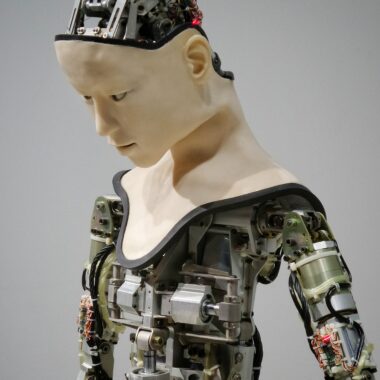Patent claims constitute a techno-legal section of every patent/patent application and define the scope of protection for the patent/patent application. The patent claims form the primary legal basis for the interpretation of the inventive concept that the inventor is seeking to protect during prosecution and litigation. A typical utility patent/patent application comprises at least one independent claim directed to one of the statutory classes of claims set out by the United States Patent and Trademark office (USPTO), namely, (i) a process or method of operation, (ii) a machine, system or apparatus, (iii) an article of manufacture, and (iv) a composition of matter. More than one independent claims may be included depending on the field of the invention and the type of protection that inventor envisages from the patent. Every independent claim is preferably followed by multiple dependent claims that are used to claim alternative functions and structures, or additional functions and structures within the scope of the independent claim from which they depend.
The structure of an independent claim consists of a preamble, one or more limitations, and optional concluding clauses. The preamble sets out the solution for a long felt unresolved need or problem that exists in the field of the invention. The limitations capture the core elements or steps of the invention, and are usually drafted to follow a sequence which results in achieving the solution to the problem. This sequence of limitations is further emphasized by the use of legal terminology such as “saids” that satisfy the statutory requirement of antecedent basis in claims.
Some of the basic types of claims include a method claim, a system claim, an apparatus claim, a composition claim, a device claim, a kit claim, computer implemented method and system claims, etc. As and when the patent laws, statutory requirements, and technology have evolved, the types of claims in a patent have also evolved in order to cater to the needs of the inventors and to create newer categories of protection. Some of the special types of claims are listed below:
Omnibus claim
An omnibus claim refers to the description or the drawings of the patent application, and does not describe the process or the structure claimed. This type of omnibus claim is specifically used in design patents and plant patents according to the requirements of the USPTO.
Beaureguard claim
A Beauregard claim is directed to an article of manufacture class and is used to claim the computer-readable medium which contains instructions to program a computer to perform certain functions.
Markush claim
A Markush claim is primarily used in a chemical or pharmaceutical patent/patent application for claiming all possible functionally equivalent chemical substituents in a claimed compound.
Means-plus-function claim
This claim, best avoided due to its ambiguous nature of interpretation and inconsistent rules, is a claim having limitations expressed in the form “a means for performing a specific function”. Nevertheless many patent attorneys still continue to use this style of claim with the requirement that the specification supports such a means-plus-function claim.




